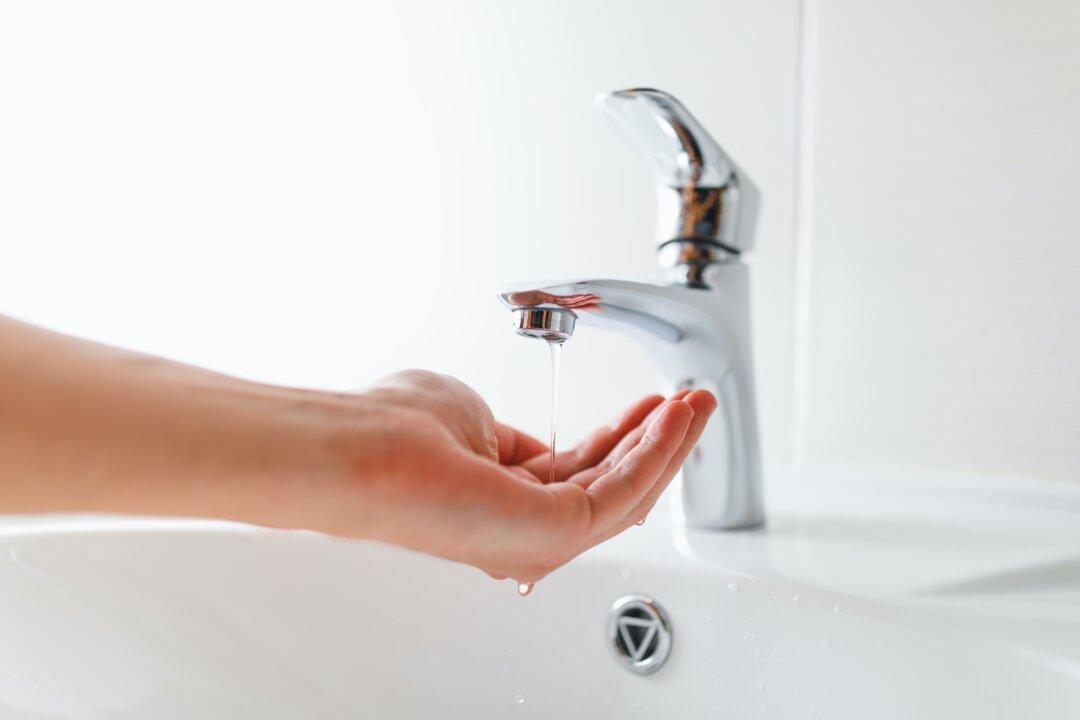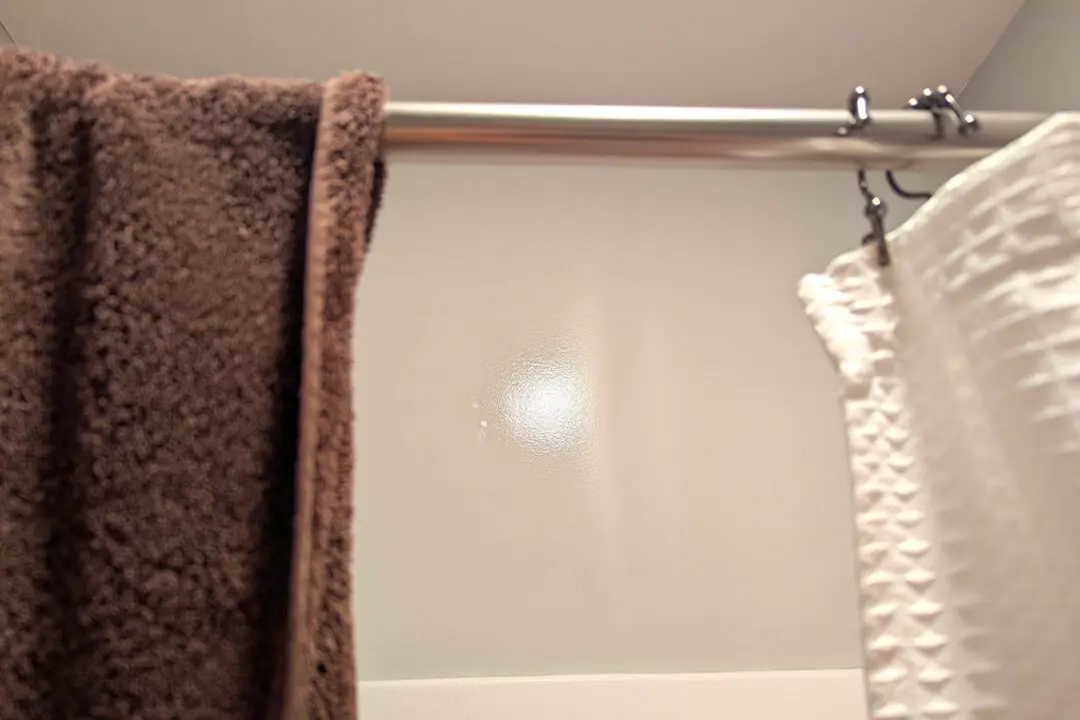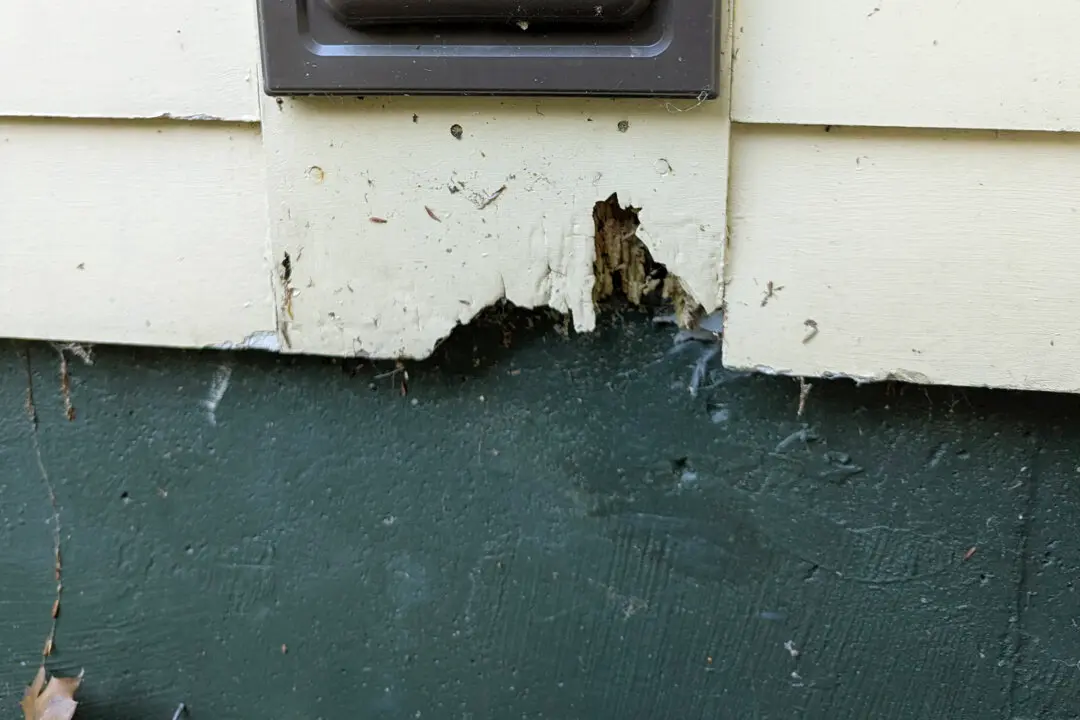Christine lives in Sylvania, Ohio. She reads this column weekly and shared the following: “In the newspaper today you said you’re addressing topics that can save homeowners money. In my community many have water pressure issues, myself included.”
She then gave me a full report about her particular water-pressure problems.
Often, when readers get in touch with me they share the key that unlocks the mystery without me having to ask any questions. In Christine’s case, it was when she mentioned having pressure “issues in different parts of the house, while other faucets are fine.”
Bingo. There’s your smoking gun.
Do you have this problem in your home? If so, I’ve got such great news for you. Within a few hours you can restore the full flow of water in all your faucets. You can do this yourself using a simple tool and some simple chemicals you may already have. You may spend less than a dollar to restore your water pressure.





